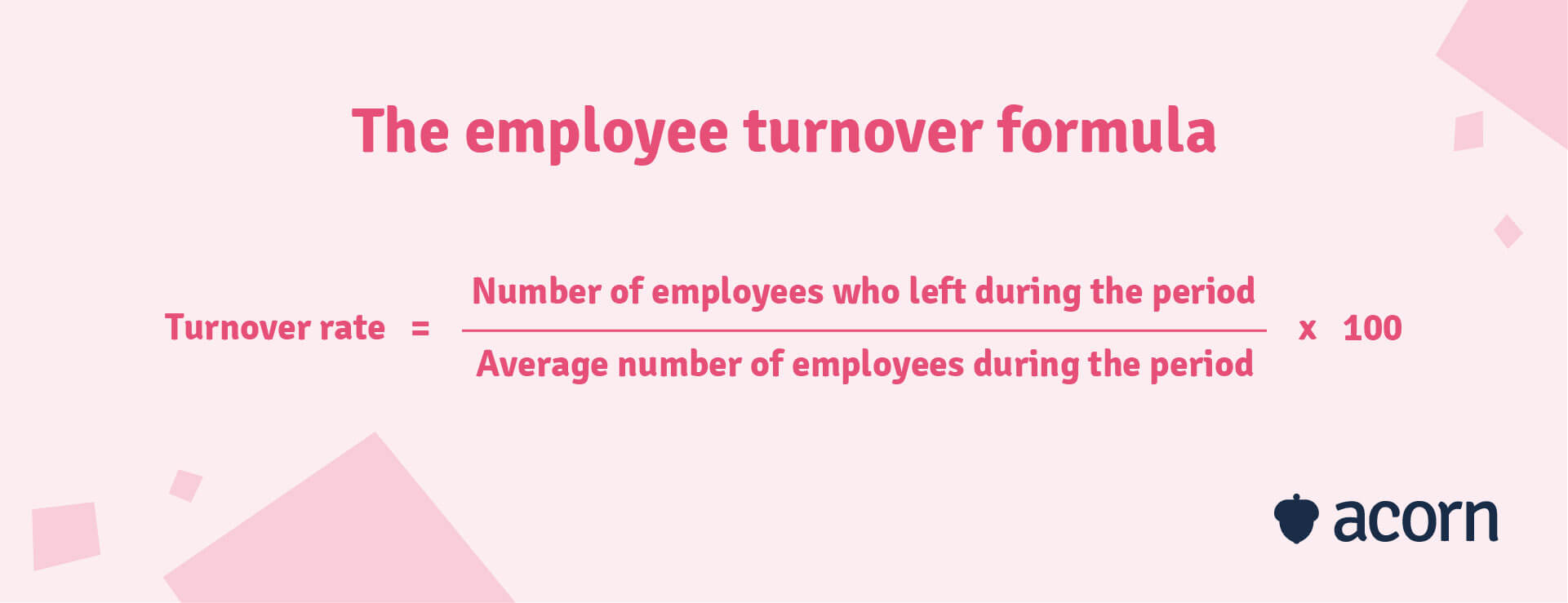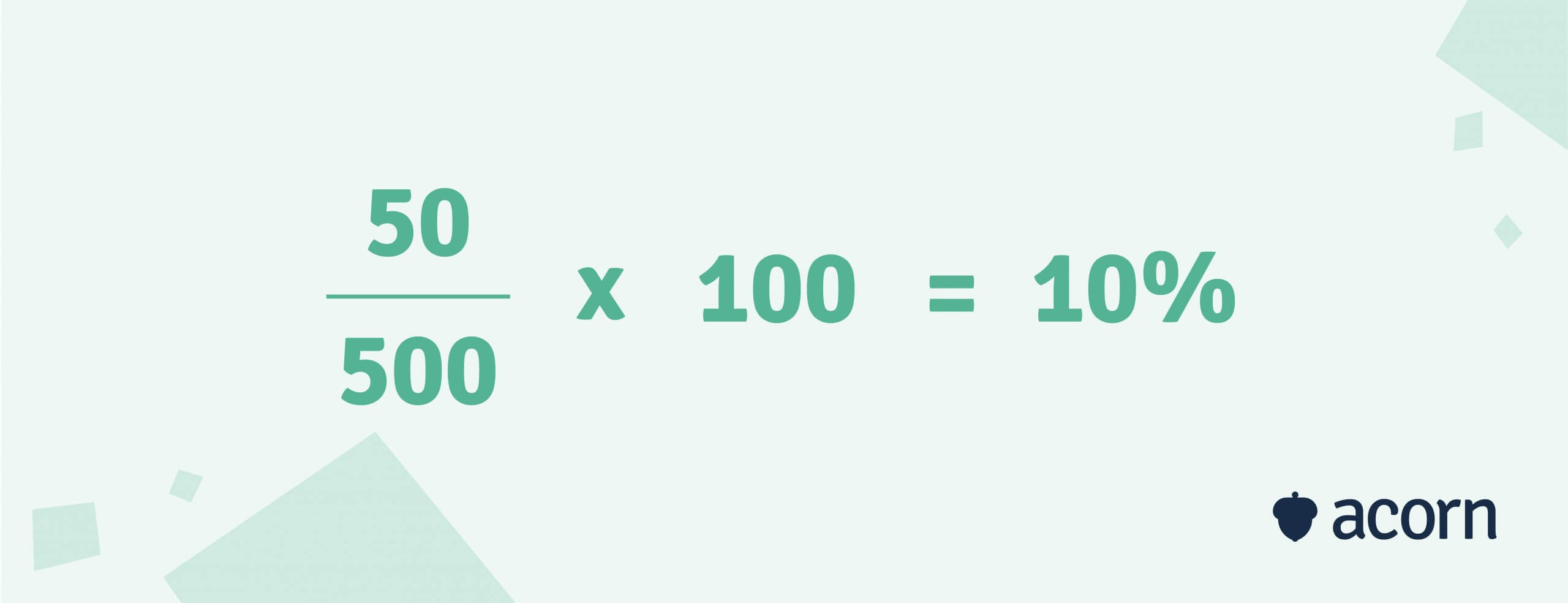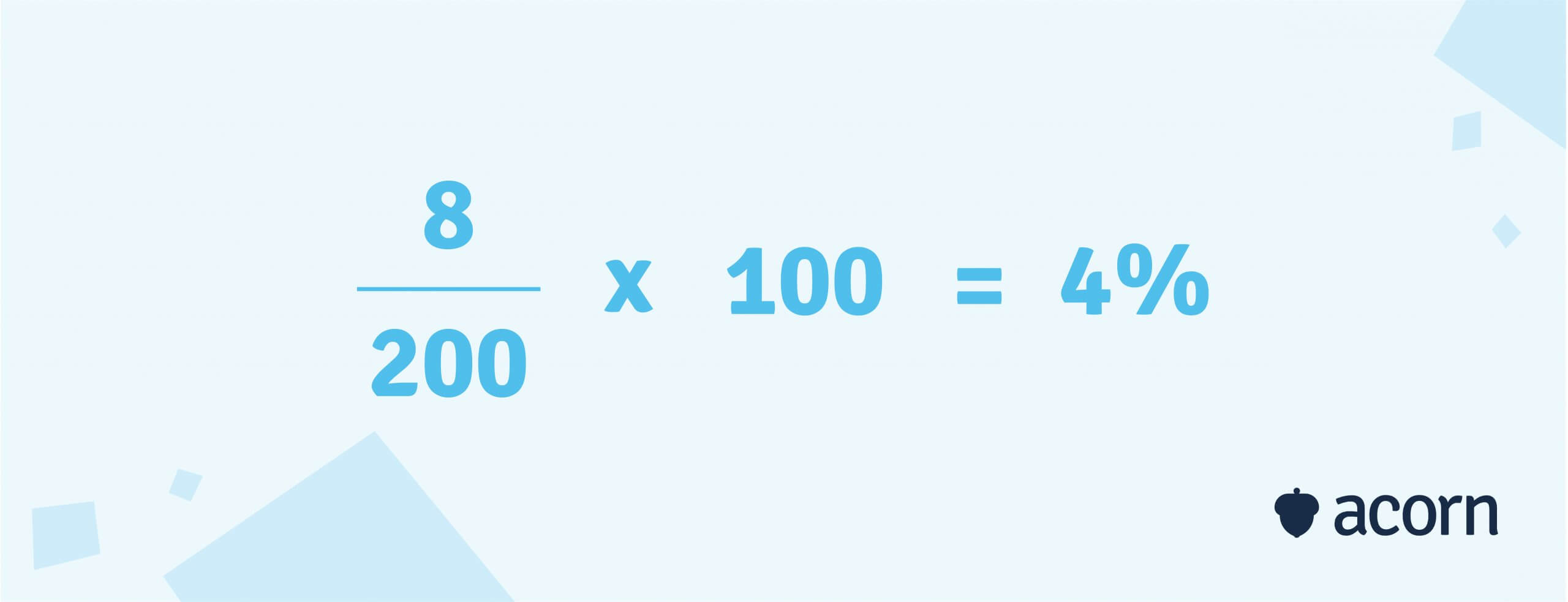What is Employee Turnover and How You Can Calculate Your Employee Turnover Rate
Reading Time:

Lead the pack with the latest in strategic L&D every month— straight to your inbox.
SubscribeEmployee turnover is a natural cycle of vacancy and recruitment in a business.
Inevitably, employees will leave an organisation for a myriad of reasons. Turnover could be voluntary or involuntary and can affect your business outcomes. Calculating employee turnover rates allows you to see which areas of the organisation have higher rates of turnover and might need improvements to retain top talent. This is where the employee turnover metric comes in.
In this guide we’ll break down what employee turnover is, why it happens, and how you can calculate it.
What is employee turnover?
Employee turnover describes the rate at which employees leave an organisation and are replaced by new hires over a period of time. This includes both voluntary and involuntary turnover—that is, people who choose to leave the organisation versus people who are laid off or let go. For HR, it’s a metric used to track recruitment efforts and retention.
The impacts of turnover on your organisation
Employee turnover is a pain point, with 93% of organisations concerned about their employee retention. And it’s no wonder: A high employee turnover rate runs the risk of critical skills and talent shortages, preventing your business from being as agile and successful as it could be.
Loss of skills, talent and knowledge can also occur because of employee attrition, but employee attrition and employee turnover are two separate things. Attrition is loss of employees due to natural reasons, like retirement, voluntary turnover, or promotions that leave their previous job roles vacant. Employee turnover encompasses all reasons employees that leave a business, both voluntary and involuntary.
Let’s look at the financial impact of employee turnover: Increased recruitment and training costs. Replacing employees who leave means spending time both recruiting and onboarding new hires, and time isn’t free. It’s time that could be spent on other business-critical responsibilities. So, you have recruitment costs during the hiring process and onboarding costs during the induction process to contend with. Studies have suggested that the total cost of hiring an employee (depending on the position and company size) can be anywhere from $4,000 to almost $8,000. If you have a high turnover rate, that’s a lot of money to be spending on hiring.
Now consider your workforce’s productivity. New recruits, aren’t going to be experts in the processes and systems required for them to perform their roles, meaning you have to worry about the time to proficiency of your new employees. During this transition period you might notice a drop in productivity, which can be made worse by:
- Your remaining staff taking on additional tasks to their workload. This leads to stress, burnout, decreased productivity as a result, and finally, turnover. It’s a vicious cycle. Filling vacant roles usually doesn’t happen overnight, either, and the longer the workload is redistributed among your remaining staff, the harder it is for them to keep up.
- Outgoing employees taking their knowledge and expertise with them. Not only does this mean you won’t have mentors to assist in onboarding and coaching new employees, but your organisation will also be missing important knowledge that drives business success. And a floundering productivity rate may negatively affect your bottom line.
On top of this, when you have a lot of employees leaving the organisation at once, your remaining employees are more likely to view their workplace as unstable or unsatisfactory. Job satisfaction and employee engagement goes a long way to retaining staff, but without it you risk ripple effects across your business. Think again about low morale and unhealthy workloads forcing employees to look for opportunities elsewhere. You might risk losing your most talented employees. This would be disastrous, with your high-potential employees being 91% more valuable than the average employee.
And after all that, a high employee turnover rate will give potential hires pause, making it difficult to attract new talent and further exacerbating talent and capability shortages. On the other side of the coin, customers, partners and clients won’t see your company as a reliable partner or service provider and will look elsewhere for opportunities.
What causes employee turnover?
The top five driving factors behind employee turnover are:
- Compensation and benefits
- Flexibility to work when and where desired
- Challenging and impactful work
- Career growth opportunities within the company
- Opportunities to learn and develop new skills.
There are other causes of employee turnover beyond this, both voluntary and involuntary. Some of which an organisation might not have control over. We’ll look into other factors contributing to turnover in more detail below.
Low compensation and benefits
Work perks like a coffee machine and casual dress codes won’t cut it on their own. Employees need their efforts to be fairly compensated, otherwise they’re going to start looking for new opportunities that will give them the compensation and benefits they deserve for their efforts. That includes an employee’s annual salary and inadequate benefits or bonuses.
Lack of work-life balance
Your employees don’t want to feel as if work is taking over their lives. They need a distinction between their work life and their home life, but long hours, lack of flexibility, and personal responsibilities can throw that distinction out of balance. Employees need to feel that their contribution to their job is meaningful and impactful, and when that doesn’t happen (or they’re treated as just another cog in the network), employees feel under-valued, causing them to search for more fulfilling opportunities.
Boredom or lack of challenge
LinkedIn Learning’s 2023 Workplace Learning Report found that only 26% of employees were challenged by their employer to learn a new skill. In fact, 30% of employees of all ages cite a lack of challenging and impactful work as an important factor when considering a job opportunity. To mitigate this, organisations need to provide employees with internal mobility, a variety in job responsibilities, and opportunities to learn and grow.
Limited opportunities for growth
94% of employees say they would stay at a company longer if it took an interest in their learning and development. Employees want internal mobility for their professional advancement, and training opportunities to equip them with the skills and knowledge needed for their career development into the future. If they don’t get that, they’ll feel like their being held back from their true potential.
This is why we’ve pioneered the first performance learning management system (PLMS) here at Acorn. It’s a dynamic, AI-powered tool that links learning and development with business performance by designing and codifying the role-specific capabilities that enable employees to succeed. It shows the real impact of learning on employee performance and unlocks their true potential as impact players within the business.
Company culture and management
They say the people make the job, but if employees can’t stand the people they work with, they’re not likely to stay in that environment. This could be because of minor or extreme reasons (think: Harassment, discrimination, or poor work-life balance). And if managers are ineffective or add to an unhealthy culture (through micromanaging or poor communication), employees are 50% more likely to look for a new job.
Personal reasons
This is one of the causes that’s out of an organisation’s control. Maybe your employees are moving away, have family responsibilities, or health issues—whatever it is, organic turnover will occur and is not always a warning sign.
Retirement
You can usually predict when employees will choose to retire. This can help you get ahead on succession planning activities, allowing you to proactively mitigate capability gaps.
Redundancies or termination
Aka involuntary turnover. Sometimes organisations need to cut costs, or don’t have need for certain roles anymore. At other times, employees may need to be let go for a number of possible reasons, including poor performance or workplace conflicts. Again, this kind of turnover is often unavoidable, though it will generally require review to ensure there was no fault on your organisation’s end (like lacking development or support for a poor performer).
How do you calculate employee turnover?
Employee turnover is usually calculated as a percentage of the total number of employees who left an organisation over a period of time. For example, you can use it to find your annual, quarterly or monthly turnover rates.To calculate employee turnover rate, the turnover rate formula is typically the total number of employees who left the organisation during the specified time period divided by the average number of employees during the same time period, multiplied by 100. So, that is:

To calculate your annual turnover rate, you’d have to find two things:
- The number of employees who left over that year
- The average number of employees you had over that year.
It’s important to remember that these numbers can vary depending on what you’re counting as “an employee”. Are you counting employee turnover of only full-time workers? Or are you measuring the turnover rate of all employees including full-time, part-time and temporary workers? Setting these parameters allows you to measure more specific employee groups or departments for better analysis of your workforce.
So, let’s say that for this specific year you had an average of 500 employees throughout the year. But you also lost 50 employees due to a mix of voluntary and involuntary turnover. Your formula looks as follows:

Which gives you an employee turnover rate of 10% for that year.
Now, let’s look at how you would calculate your monthly employee turnover rate. Let’s say that you want to find the average turnover rate of employees in April. Instead of finding the average number of employees your company has over the course of the year, you only need to find the average during that specific month.
Perhaps you had an average of 200 employees throughout April. Now let’s say you had eight employees leave during that time. Your employee turnover rate calculation will look like:

This means that your company’s employee turnover in April was 4%.
How do you use this?
Calculating your employee turnover rate is useful in highlighting the health of your business, or in some cases, highlighting the effectiveness onboarding programs for new hires.
Let’s say you calculate employee turnover, but you look specifically at your new hire turnover rate. Kelly Hopkins, People Manager of Capability and Development at Kathmandu, talks about how Kathmandu used new hire turnover as a metric to measure the effectiveness of onboarding and training programs for new employees.
After noticing high turnover rates in 0-3 and 0-6 month employees, Kathmandu realised why: Employees didn’t want to spend days doing training, especially when the training was low-quality.
Effectiveness of new hire training could be affected by a number of things. Too much training, too little, a lack of employee engagement, or low quality training materials can drive your freshly-hired employees away. When you consider employee turnover in terms of how it’s affected by other factors, you can find solutions to reduce employee turnover.
Remember that organic turnover will inevitably occur. Gallup says that a healthy employee turnover rate could be around 10%, but that depends on a number of factors. 10% might be considered high turnover compared to the industry average or type of position, so monitor turnover rates over time and utilise tools like exit surveys to fully understand reasons for leaving.
Key takeaways
Calculating employee turnover in your business can help you understand your organisation better, from its overall turnover rate to the turnover rate of individual departments and new hires.
Used in tandem with other metrics, employee turnover calculation can highlight areas for improvement in your business in terms of training, company culture, and benefits.